
Your Child Has Talked About Ending Their Life: What's Next?
Talking to your child about suicide may be the toughest and most uncomfortable conversation you ever have, but it may also be the most important. Listening makes your child more comfortable about sharing thoughts and feelings that are upsetting and deeply personal.
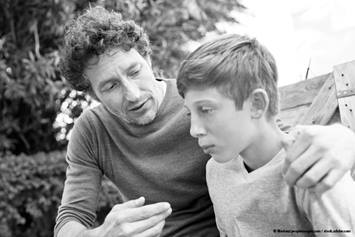
Suicide: The Conversation We Should Have With Our Kids
One of the best things we can do is give our young people the power to talk about mental health issues and topics as challenging as suicide without shutting the door. Even if your child is doing well, this is a powerful opportunity to help your child see it is okay to be emotionally open and could help them talk openly with friends.
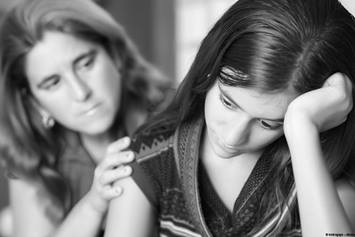
Talking to Your Kids About Depression and Suicide
Talking to your child about suicide may be the toughest conversation you ever have, but it may also be the most important.

Myths About Suicide: Depression is a Sign of Weakness
Depression is a real and serious condition. It is not much different than a chronic health condition in its ability to impact someone’s life. It can have both emotional and physical symptoms and make life very difficult for those who have it.

Myths About Suicide: Moving Beyond Common Misconceptions
When it comes to suicide, there’s a lot of competing information that makes it hard to tell myth from fact. But knowing the facts may allow us to take life-saving steps to help our children.
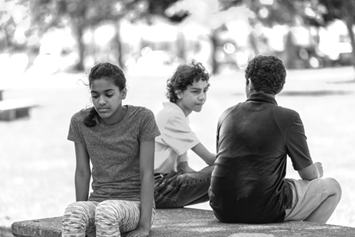
Myths About Suicide: Ending Mental Health Stigma
Stigma is defined as a mark of disgrace that sets a person apart. Unfortunately, the stigma surrounding mental illness creates shame, distress, and reluctance to get help.

Kids and Self-Injury: What Parents Need to Know
Self-injury is the act of physically hurting oneself without the intent to die. It is a sign of emotional distress and indicates a person has a lack of healthy coping skills. The most common forms of self-injury are cutting, burning, or scratching the skin and bruising the body tissue.
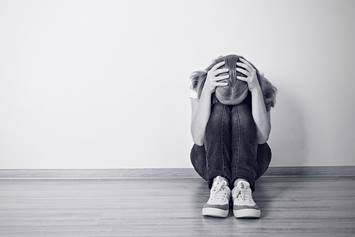
How to Deal With Adolescent Depression
Depression is different from a regular down mood, because it lasts longer and feels stronger or different from typical sadness. Sometimes it is a feeling of emptiness, lack of feeling or being irritable, cranky and easily angered.

Warning Signs of Suicide on Social Media: What You Can Do When It’s Someone You Know
People are spending more time on social media than ever. Most posts are harmless depictions of life in general; status updates, pictures of friends or food, or even a joke. However, sometimes people discuss personal topics and show signs that things are not going well.

Facebook’s Safety Initiative Helps Prevent Suicide
Facebook has been collaborating with suicide prevention organizations for more than a decade to identify users at risk for suicide and to provide them with crisis resources.

Don't Say It's Selfish: Suicide Is Not a Choice
More than ever before, people understand that caring for our mental health is as important as caring for our physical health. However, there is still much work that needs to be done to break stigmas that contribute to unnecessary shame and misunderstanding of mental illness.

Teen Mental Health Issues and the "Not My Kid" Phenomenon
As a parent or caregiver, you know your children – you’ve seen them grow up and are familiar with their strengths and challenges. It can be surprising and worrying to realize they won’t always share their lives with you.

Bullying Affects Everyone Involved – Even the Bullies
While steps are rightfully taken to support the child who was bullied, the bully’s behavior is usually met with anger and punishment. However, the presence of bullying behaviors may actually be a sign that help is needed.
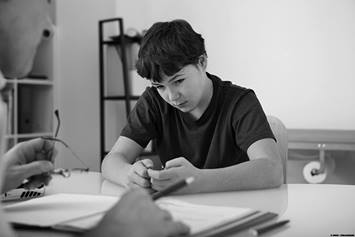
ADHD and Youth Suicide: Is There a Link?
Unfortunately, children with ADHD are at an increased risk of experiencing depression and suicidal thoughts or behaviors throughout their lifetime, which suggests emotional and social factors should be a focus of care for these children.

13 Reasons Why: Should Parents Be Concerned About This Netflix Series?
The mini-series 13 Reasons Why (13RW), adapted from a young adult novel, was released on Netflix this past week. 13RW relays the fictional story of a high schooler, Hannah Baker, who has died by suicide before the story even begins.
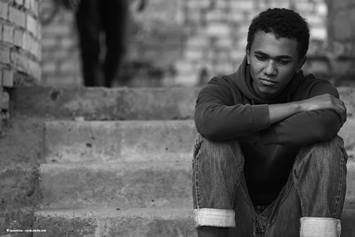
Black Youth Suicide: How to Slow Rising Rates
Suicide is the second leading cause of death in 10- to 19-year-olds. Little research exists on the rate of Black youth suicide specifically, but we do know it is on the rise.

Understanding Why Kids Die by Suicide
The number of kids aged 5 to 11 in the United States who have died by suicide in recent years has increased significantly. Researchers in our Center for Suicide Prevention and Research determined that if we’re going to impact the suicide rate of children in this age group, we must first understand if there are common themes for why children are dying by suicide.

The 988 Suicide and Crisis Lifeline: A Guide for Parents and Caregivers
Parents and caregivers need to know about available resources that they can use to support the young people in their lives when they are mentally overwhelmed. One vital resource is the "988" Suicide & Crisis Lifeline.

7 Ways to Improve Resiliency and Reduce Suicide Risk
There are ways for you to support your child and help them learn to navigate an emotional crisis.
